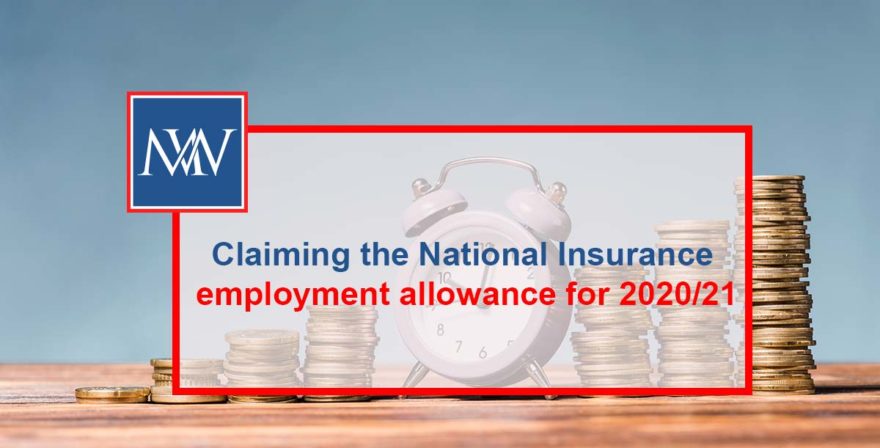
Claiming the National Insurance employment allowance for 2020/21
The National Insurance employment allowance is available to eligible employers and can be set against the employer’s secondary Class 1 National Insurance liability. In the 2020 Budget, the Chancellor announced that the allowance would be increased to £4,000 for 2020/21. However, from 6 April 2020, it is only available to employers whose Class 1 National Insurance liability in the previous tax year was less than £100,000. Existing exclusions continue to apply, including that for companies where the sole employee is also a director — meaning that personal companies rarely qualify.
If an employer has more than one PAYE scheme, the employment allowance can only be claimed in respect of one of the PAYE schemes.
The maximum amount of the allowance
For 2020/21, the National Insurance employment allowance is the lower of:
- the employer’s secondary Class 1 National Insurance liability for the year; and
- £4,000.
Thus, where the secondary Class 1 National Insurance liability for the year is more than £4,000, the employment allowance is £4,000. It is set against the employer’s Class 1 National Insurance liability until it is used up. It cannot be set against Class 1A (payable on benefits in kind) or Class 1B (payable on items within a PAYE settlement agreement) liabilities – only secondary Class 1.
Remember to claim
The National Insurance employment allowance is not given automatically and must be claimed. A claim can be made through the employer’s payroll software; the claim is made in the Employment Payment summary by putting a ‘Yes’ in the Employment Allowance indicator field. It only needs to be claimed once for the tax year – once claimed it is available until the allowance has been used up. Any unused balance is carried forward to the next tax month.
The claim can be made at any time in the tax year, but it is advantageous to make the claim as soon as possible. If a claim is made too late to enable it to be fully offset against the employer’s secondary Class 1 National Insurance liability, the employer can either ask HMRC for a refund, providing that they do not owe anything to HMRC. Alternatively, the unused amount can be set against other tax bills which the employer has to pay – including VAT and corporation tax.
Employers eligible for the employment allowance should not only remember to claim it for 2020/21 – they should also check that they utilized the allowance in full in 2019/20.
For more information on Claiming the National Insurance employment allowance for 2020/21, Book a Free Consultation
Need Accountancy Support?
For information on bespoke training, or if you have any other questions for Makesworth Accountant, please fill in your details below
















 151
151